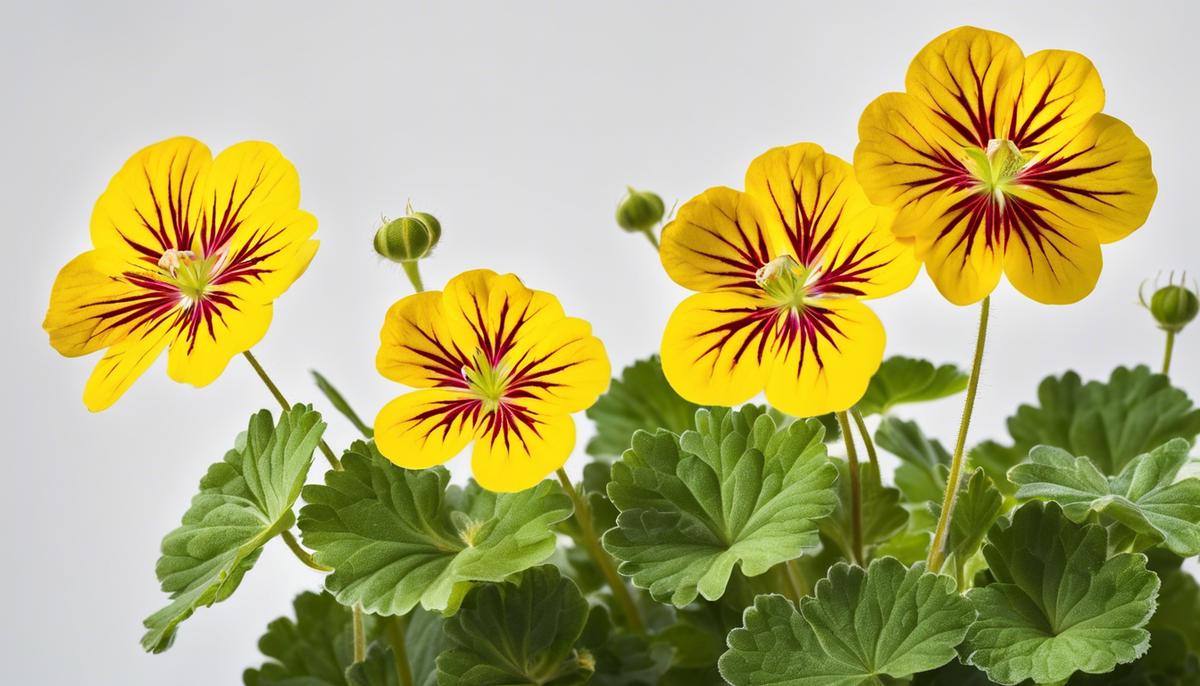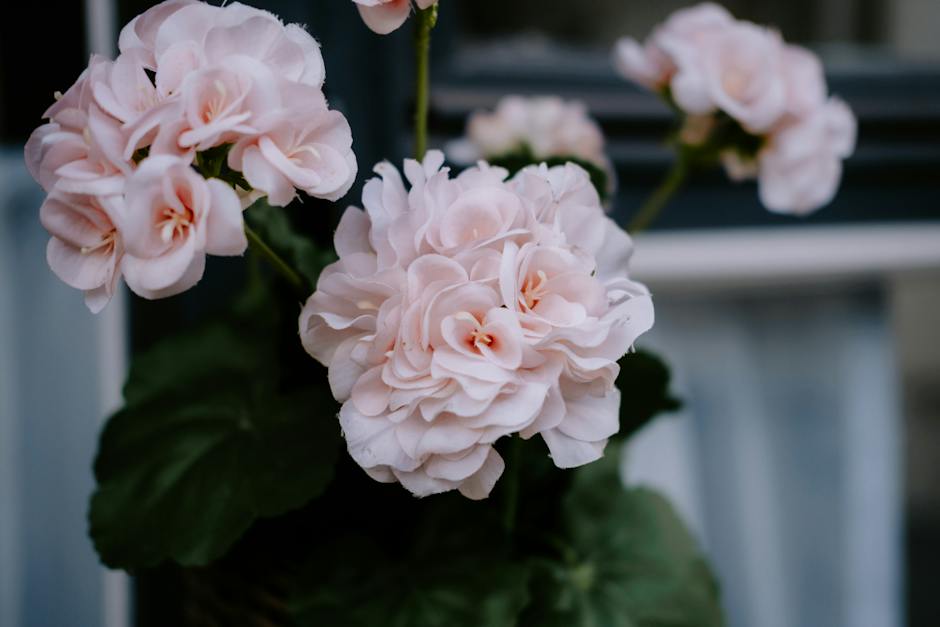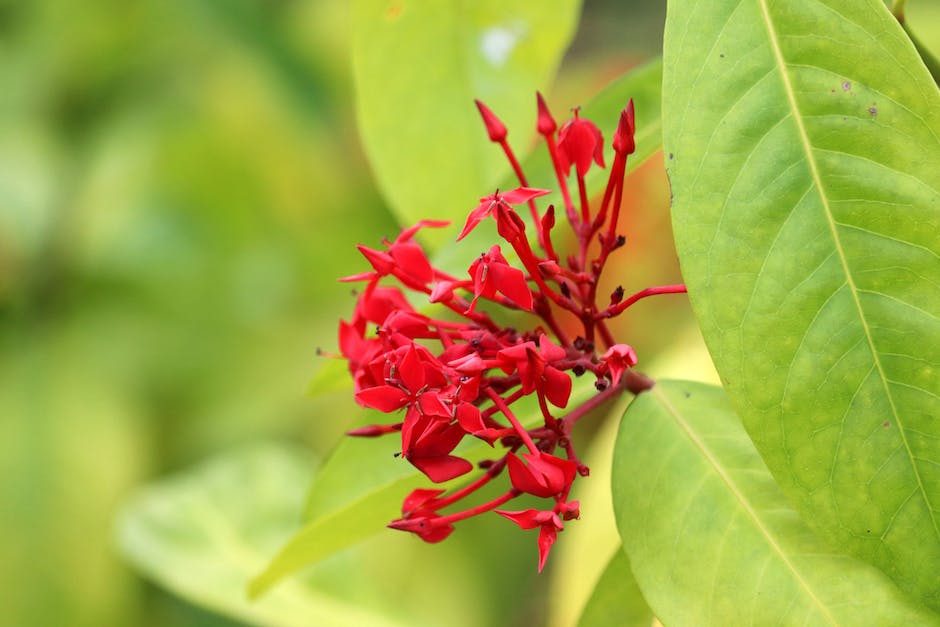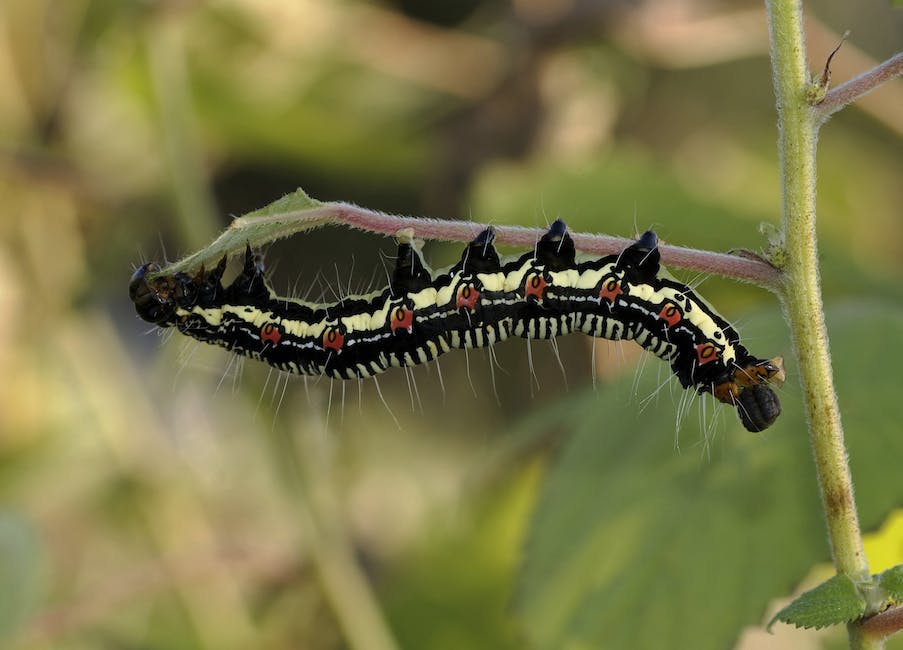Solving Yellow Leaves on Geraniums

Maintaining healthy, vibrant geraniums demands a comprehensive understanding of various factors that influence their well-being. Known for their rich, colourful flowers and aromatic leaves, geraniums can suffer from yellow leaves, a symptom of potential underlying issues. Key aspects to explore include geranium plant nutrition, water and light needs, as well as managing pests and diseases. A subtle balance of nutrients is required for the plant’s growth and health, with deficiencies, notably nitrogen, often turning leaves yellow. Furthermore, providing optimum amounts of water and light and vigilant management of pests and diseases can ensure geraniums flourish with green, healthy leaves.
Understanding Geranium Plant Nutrition
Bolstering Geranium Health: The Magic of Superior Nutrition
Geraniums, known for their bright blooms and hardy nature, bring unparalleled charm and vigor to any landscape. Yet, these beauties are not without their share of challenges, chief among them being the maintenance of their leaf health. Nutrition indeed plays a crucial role in inhibiting issues such as yellowing, leaf curl, and fungal infections. This guide seeks to explain this relationship and give concrete advice on perfect nutrition for geraniums to ensure glossy, thriving leaves.
Primarily, geraniums require an ideal balance of primary macronutrients: Nitrogen (N), Phosphorus (P), and Potassium (K). Nitrogen promotes leaf growth, Phosphorus bolsters good blooming, and Potassium builds overall plant robustness. Therefore, these nutrients are absolutely vital for healthy geranium leaves.
Geraniums typically flourish in slightly acidic soils with an optimal range of pH 6.0-7.0. This acidity allows the optimal uptake of nutrients. Take note, however, that evidenced yellowing leaves on geraniums could indicate a deficiency in Magnesium, a secondary nutrient. A quick solution to this challenge would be watering them with an Epsom salt solution (one tablespoon per gallon of water). Epsom salt, a natural source for Magnesium, aids in restoring the vibrant green hue of the geranium leaves.
Iron, another integral secondary nutrient, impacts leaf colorness, while Calcium helps in cell formation and the plant’s overall growth. Both nutrients, if deficient, could lead to geranium leaf disfiguration or discoloration. Therefore, incorporating compost or well-rotted manure can help supply these nutrients while improving soil structure.
Don’t forget about the micronutrients, though they are needed in smaller quantities, they are essential for holistic geranium health. Zinc, Molybdenum, Boron, Copper, Manganese and Iron, all play pivotal roles in creating the right surroundings for healthy geraniums. You can supplement these trace elements by using a balanced, slow-release granular fertilizer, specifically designed for geraniums.
Finally, while ensuring your geraniums have the right nutrition, remember watering techniques are just as important. Overwatering your geraniums starves the roots of oxygen, causing them to rot, and subsequently, the leaves to wilt or turn yellow. The golden rule is to water geraniums when the top inch of the soil feels dry to touch, ensuring the leaves remain healthy and vibrant.
By taking these steps, you’ll create an optimal nutrient-rich environment for your geraniums to thrive. It’s no secret that maintaining the health of geranium leaves requires a keen eye and hands-on commitment. But with the right knowledge, tools, and passion, you can delight in the sight of lush, radiant leaves that embody the heart of your flourishing garden filled with vivacious geraniums. With the perfect balance of macronutrients and micronutrients, watch your garden turn into a vibrant palette of flourishing geraniums.

Assessing Water and Light Needs for Geraniums
Walking the Garden Path: Understanding the Role of Light and Water in Shaping the Colors of Your Geranium Leaves
Dive deep into the world of geraniums and swiftly realize; it’s not just the miracle of nutrients that keep their leaves vibrant and lively. In fact, it’s a dance of sunlight and water that predominantly affects their hues and allure. So strap on your green thumb as we explore this fascinating interplay of nature.
Light Exposure: More Than Just a Prompt for Photosynthesis
Light, particularly its intensity, plays a tremendous role in determining the color of geranium leaves. The secret lies in the production of anthocyanin pigments, which are more pronounced with higher light intensities, giving those splendid, vivid shades of red, purple, or blue. As a rule of thumb, geraniums seek full sun for at least six hours a day – anything less could lead to greener, less dynamic colors.
To demystify, low light intensities tend to minimize the production of these pigments, resulting in leaves that stay green, irrespective of the original color the plant is supposed to exhibit. Moreover, excessive shade may also lead to longer, thinner stems and fewer blooms.
Water: Quenching Thirst, Influencing Leaf Color
Watering isn’t just about avoiding wilted, withered leaves. Interestingly, it can significantly impact the color of the leaves. Overwatering is a particular culprit, as it may create an overly damp environment, often leading to the development of yellow leaves.
Proper drainage, in this case, can be a real game-changer. Geraniums prefer well-drained soil that allows adequate oxygen to reach their roots. Therefore, it’s crucial to water these beauties only when the top inch of soil feels dry to touch. A handy strategy is to soak the soil thorouhgly but then let it dry before the next watering.
Interplay of Light and Water: A Balancing Act
But what happens when the light and watering factors interact? It’s a delicate balance, indeed. Sunlight triggers photosynthesis and evaporation, thus intensifying the watering needs of the plant. Simultaneously, ample sunlight drenches the leaves in energy, promoting vibrant shades.
However, maintaining this optimal balance could be a challenge. An overexposure to direct sunlight combined with underwatering might cause leaf scorch, while ineffective light exposure partnered with overwatering could quickly lead to illness and color loss.
Closing Thoughts: Nurturing Vibrancy
To achieve the full potential of viaul allure in our geraniums, it’s essential to gear attention to both nutrient uptake and light and watering levels. It might seem like a puzzle initially but, with time and attentive care, the pieces will fall in place, presenting a captivating picture of brightly colored, healthy geraniums enticing every gaze in the neighborhood. Now, isn’t that a green thumb triumph to aspire for?

Managing Pests and Diseases in Geraniums
While offering geraniums the optimal balance of water, light, and nutrients is a big part of keeping these plants healthy and vivid, it’s also vital to understand the common diseases and pest issues that can affect geraniums, often manifesting as yellow leaves.
One common disease faced by geraniums is Botrytis Blight, a fungal issue that can cause leaves to discolor and shrivel. This blight tends to favor damp and cool climates, and typically manifests when there’s poor air circulation around the plant. It’s crucial to monitor weather conditions and adjust watering practices accordingly to prevent this disease.
Blackleg and Pythium root rot are two other significant diseases to watch out for when cultivating geraniums. Affected plants may exhibit wilting, yellowing of the leaf or even sudden plant collapse. These conditions are often caused by poorly draining soil or overwatering. One of the effective preventive measures is attaching importance to the composition of the planting medium – ensuring it drains well.
As for pests, geraniums can be affected by common garden offenders like aphids, whiteflies, and spider mites. Aphids, for instance, feed on plant sap, causing leaves to turn yellow or distorted. Ensuring regular plant inspections for early detection, using insecticidal soap or introducing predatory insects like ladybugs to the garden can curb aphid populations.
Whiteflies, similar to aphids, feed on plant sap. They can cause leaves to yellow and wilt. Their presence, likewise, can be controlled with insecticides or their natural enemies such as green lacewings.
Spider mites, tiny pests that are often found on the undersides of leaves, can cause stippling and eventual yellowing of leaves if left untreated. Ensure to treat an infestation promptly with an adequate miticide and improve humidity around your geraniums, as these pests are more prevalent in dry conditions.
Equally troubling are Budworm caterpillars. These sneaky pests burrow into geranium buds and feed, leaving behind a trail of extensive damage and discoloration. Biological controls, such as introducing trichogramma wasps or thorough manual removal, can effectively control budworm populations.
Understanding the threats that diseases and pests pose to geraniums is crucial to maintaining a healthy plant that continues to thrive. Always remember, prevention is the best cure. Keep geraniums in their optimal light and watering conditions, regularly monitor for pest activity, and take the necessary precautions against diseases. By doing so, the delightful glow of vibrant geranium leaves can be enjoyed throughout the growing season.

Summarily, establishing a healthy environment for geraniums is a multifaceted task that involves proper nutrition, balanced water and light exposure, and effective pest and disease control. By understanding the nutritional needs of geraniums, attending to their water and light requirements and comprehending common diseases and their symptoms, these cherished plants can be upheld in their optimum condition. Remember, yellow leaves are likely a signal that your geraniums require your care and attention. Thus, the vitality of your geraniums is largely dependent on your commitment to understanding and addressing their needs.



